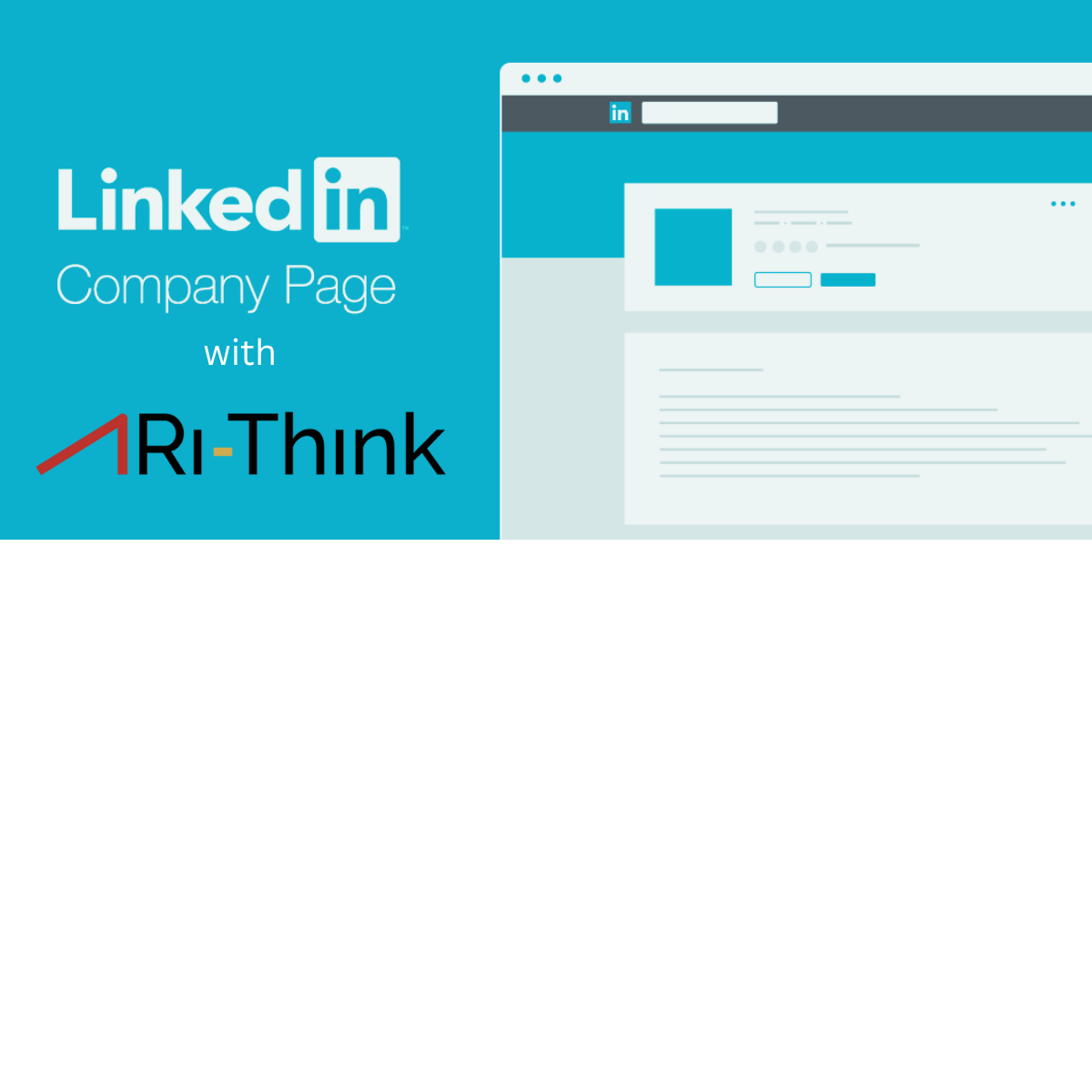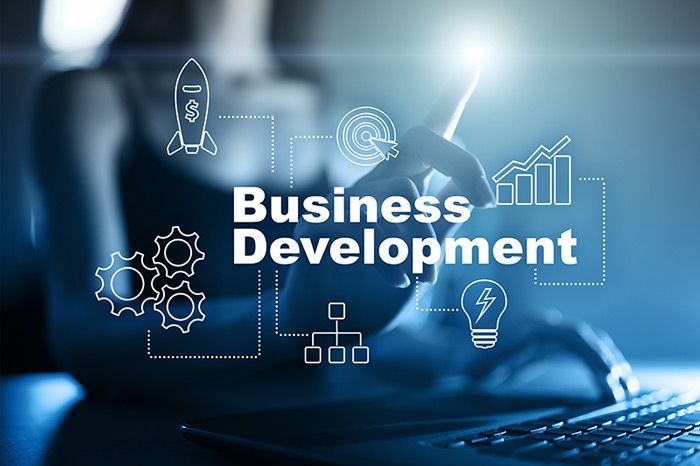Key elements of sales proposals that win deals!
Writing an articulate proposal is critical to the sales process and a well-crafted proposal can significantly increase the chances of conversion.
Nowadays, proposals come in various formats. Software like Better Proposals and Proposify have streamlined the proposal-building process, making it quicker and more efficient.
The ideal length for a proposal is between 6 to 10 pages or slides. Excessive content can make reviewing the proposal a tedious task. According to Proposify, the conversion rate for an average 5-page proposal is 50%, which drops to 35% for a 30-page proposal!
A well-written proposal contains the following elements:
- Consistent Branding
Ensure that the colors in your proposal align with your brand colors and that your logo has a consistent position throughout the document.
Pro tip: Create and save a proposal template that can be customized within an hour.
- Clearly identified audience
Clearly identify the person or people the proposal is addressed to at the beginning.
- Tailored context and understanding of needs
Provide context on why the proposal is being written to help clarify its purpose for the reader. Outline previous discussions, background information, and demonstrate a deep understanding of the business and specific issue your solution will address.
Tailoring each proposal to the specific client can significantly impact conversion rates. According to a study by Accenture, 91% of consumers are more likely to shop with brands that recognize, remember, and provide relevant offers and recommendations.
- Information About Your Business
Not everyone who reads the proposal may have prior knowledge of your business. Introduce your business, the team, and establish credibility to build trust and familiarity.
Pro tip: Add images or videos to introduce your business and team.
- Relevant Solution
This is the core of your proposal. Describe the solution or service you are proposing and how it meets the client's needs.
Pro tip: Include a link to a demo if possible.
- Additional Solutions
Highlight other potential solutions or services that may benefit the client based on your understanding of their needs. This can facilitate future upsells and demonstrate the breadth of your capabilities.
- Expected Costs/Investment
Clearly outline costs and pricing. If offering a discount, also include the standard pricing to show the value of the discount. Include any conditions related to the quotes.
- Well-articulated Examples/Case Studies
Clients often want to see past work and its quality. Include case studies or testimonials from existing or past clients to showcase your work.
Pro tip: Include a client testimonial video.
- Contact Information
Nominate a contact person for further questions. Provide their name, email, and contact number to ensure the client has all the necessary details to discuss the proposal further.
Proposals can often make or break a deal, especially when you do not have a strong relationship with the decision maker on the buyer’s end. Ensure the points above are included in your proposal, conduct thorough research, and confirm with the client that they received the proposal.
By integrating these elements and tips, your sales proposals can become powerful tools that not only present your solutions effectively but also enhance client engagement and trust.
Need Help?
Need help increasing your conversion rate or improving your proposals? Drop our founder, Ritika Singh a message or get in touch with our team for a discussion!










